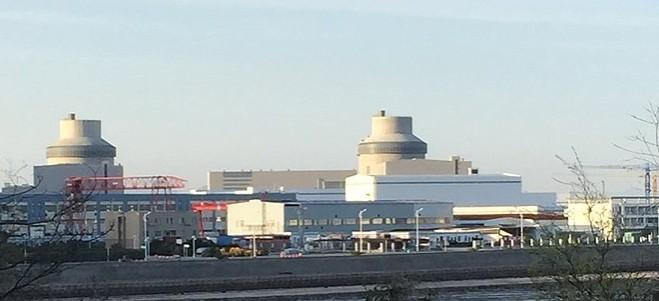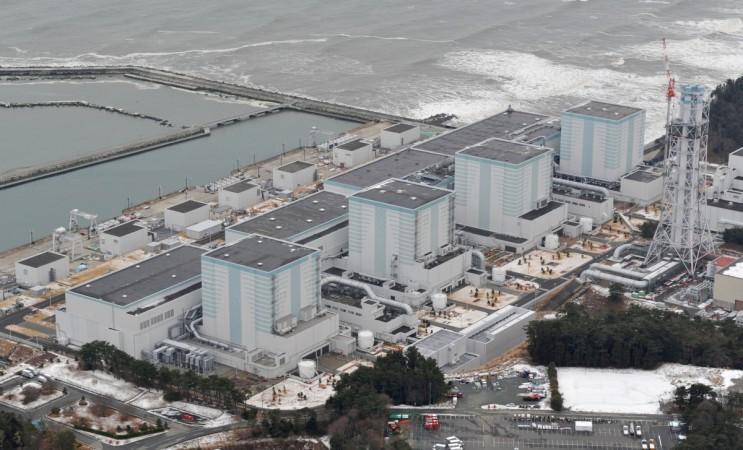
China has taken a significant step towards changing the economics of renewable power in the world, and is ahead of the Unites States (US) in the race for cleaner energy: It has announced the launch of a nuclear power plant that is apparently immune to meltdown. This is the Sanmen Nuclear Power Station.
The loss faced by South Carolina- based Santee Cooper and SCANA after abandoning the construction of two similar nuclear reactors in the US and the delay that followed turned out to be a gain for China.
Over the next two weeks, after the completion of fuel loading — the final step before the reactor starts operation, China will be the first country in the world to begin the operations of a unique power plant that sits facing the East China Sea, located in Sanmen county in Zhejiang province.
Sometime within the next couple of weeks, a pair of robotic arms will be installing the fuel into the core of the plant's reactor, heralding a new era in China's push for clean energy.
China needs nuclear energy to bring down its dependence on fossil fuels and meet its target on cutting down on pollution, George Borovas, a Tokyo-based partner and head of global nuclear group at Shearman & Sterling, told South China Morning Post.
How it all began
The construction of the AP1000 reactor — which is being used in the Sanmen plant — began in 2009 with a joint investment by US and China of 40 billion yuan, with plans to begin the working of at least one of the two reactors in 2013.
The developments were delayed as the US supplier Westinghouse Electric Co redesigned the reactor's main pump, which reportedly uses the technology deployed in American nuclear submarines.
After the meltdown of Japan's Fukushima nuclear reactor in 2011, Chinese safety inspectors wanted to incorporate the necessary changes in Sanmen's design to prevent it from meltdown. Thus Sanmen's launch date was postponed from June to end of this year.

How is it meltdown proof?
The AP1000 reactor used in the power plant is designed in such a way that the overhead water tank will flush the reactor's core to keep it cool even if a water pump stops functioning in a situation of blackout.
The hot water would ascend as vapour, go into a heat exchanger into the atmosphere, condense and return to the tank. As long as gravity is in place, the cycle will continue without any human intervention.
Hoping that there will be no more delays, a Westinghouse spokesperson in China was quoted as saying by SCMP: "The first AP1000 reactor is not only important to China, but the world."
America's loss was China's gain
The process of establishing an AP1000 reactor in the US had faced several roadblocks from the beginning. The US had not built any reactor since the Pennsylvania accident of 1979.
US President Donald Trump's Energy Independence Executive Order in March had punctured former President Obama's 2015 Clean Power Plan. It discouraged the intent to invest or develop clean energy including nuclear power.
The cost overruns and the delays had driven the designer and the builder Westinghouse into bankruptcy in March.

















